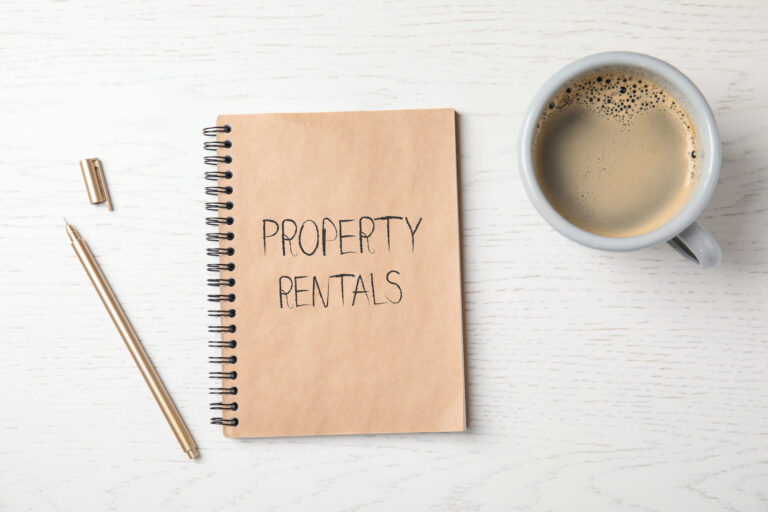If you’re a buy-to-let landlord in Bridgend, or you’re considering renting out your property, you may be confused by the many industry terms you find in use. That’s why the team here at Hunters Bridgend have put together this helpful jargon-busting guide so you can be better informed.
ADR – Alternative Dispute Resolution. This refers to an independent adjudication service that is provided by Deposit Protection Schemes.
Accidental Landlord – Somebody who has become a landlord unintentionally perhaps by inheriting a property or because they’re finding it difficult to sell their home.
AST – Assured Shorthold Tenancy – a legal tenancy category in Wales and England. Typically an AST lasts for six months after which the landlord can evict their tenant should they wish.
EICR – The Electrical Inspection Condition Report. It must be performed every five years in a rental property by a qualified electrician.
EPC – Energy Performance Certificate. This certificate measures a property’s energy efficiency rating. Your property’s rating must be E or higher to be let out.
Gas Safety Check – Every year you must ensure a Gas Safe engineer has performed a safety check on the property. You must provide the tenants with a record of this check at the beginning of their tenancy and within 28 days of the check being completed.
HMO – House of Multiple Occupation. Your property is a HMO when facilities are shared by multiple families or individuals with no family connection.
Joint Tenancy – Two people or more who are renting a home together and have joint responsibility.
Long Let – A tenancy term lasting more than six months.
Occupancy Rights – The rights included in a tenancy agreement giving your tenant the right to occupy the property.
PAT – Portable Appliance Testing. This involves examining electrical equipment on the property to ensure it is safe for use. It must be done by a qualified electrician, preferably annually or whenever tenants change.
PCM – Price per calendar month – how much it costs to rent your property per month.
Right To Rent – Before you can rent your property legally to any tenant you must carry out a check to ensure they’re legally permitted to rent a home in England.
Section 21 – This notice must be given by the landlord to the tenant when they want the tenancy to end. You can only use a Section 21 after the end of the fixed term of the tenancy. A minimum of two-months notice must be given to quit the property.
Sub Let – If a tenant rents the property out, either in entirety or in part, to another individual it is said to be sub-letting. Tenants must obtain consent from their landlord to sub-let legally.
TDP – Tenancy Deposit Scheme. This Government-backed scheme ensures that tenants can get their deposit back if they have met their tenancy agreement’s terms.
Tenancy Void – A void is the time between tenancies when the home is vacant.
Wear and Tear – This is any damage to your property that has been caused by everyday living. Small scuffs on walls or worn carpets are examples of wear and tear. You cannot deduct this type pf damage from the tenant’s deposit.
Young Professionals – This is a term that is typically used to describe someone in their 20s or 30s who works in a white-collar profession.
Hopefully, you’ll find this jargon-busting guide helpful. Here at Hunters Bridgend, we work hard to avoid the use of confusing industry jargon as much as possible when dealing with buy-to-let landlords in Bridgend, however if you have any queries, don’t hesitate to call us on 01656856118.




